Tessalation!
|
I live by the maxim that if you say it is so long enough, then it becomes true. With the help of the amazing online Twitter community of #nerdy #awesome math nerds and tessellation geeks, I am launching: World Tessellation Day: June 17 What? You're just going to create your own holiday? Well, the idea may have been mine, but like so much in this world, I am not taking ownership over it (though I do own the Facebook page I just started for it!). This holiday will be for everyone who loves pattern -- natural pattern, manmade pattern, wallpaper pattern, art drawing pattern, manufacturing pattern, whatever your particular tessellation love may be. Just how does one go about creating her own holiday? Thanks for asking! To make a holiday, you pretty much have to prove that it exists before it is an official thing. You have to prove that people are celebrating the holiday on a particular calendar day so that the event/holiday will make it into Chase's Calendar of Events for the FOLLOWING year. Here's a nice explanation from CNN.com about how the process works. In the coming months, I'm going to be suggesting a myriad of ways (and looking for you to suggest some, too!) for how individuals and groups can celebrate World Tessellation Day on June 17. Why June 17? Because the amazing Twitter friends supporting my children's book Tessalation! helpfully suggested that I make World Tessellation Day on 6/17, which is the birthday of M.C. Escher, the Dutch graphic designer and artist famous for making all of those compelling tessellation works. More is coming! But for now, "like" the Facebook page, post some of your favorite tessellations, and if your work involves tessellations in any way, tell us about it on FB! Click here to go to the FB page for World Tessellation Day and post a picture of your favorite tessellation!
2 Comments
Hooray! Just two days left on Kickstarter! It's been an amazing couple of weeks and I am so thrilled to have reached the goal to bring Tessalation! to the world! There is still a stretch goal for the project, however, so I invite you to keep sharing, keep reaching out to people you think will connect with the project. Every little bit does matter. Do you have any questions about the project? Time is of the essence! Visit the Kickstarter site to pledge directly.
My brother-in-law Jeff has this saying I love: "If you're going to do it, do it well!" -- Jeff DiesburgJeff is an art professor at Manchester University in Indiana, but he's not just talking about art projects. Anything worth doing is doing well. I am applying that thought to every level of this Kickstarter process. I'm learning along the way, but I am also making decisions deliberately and thoughtfully. I'm not sure that I'll ever do one of these again -- who knows? -- but with such a powerful platform, the drive to do things well is strong indeed. Creating Kickstarter Stretch GoalsYou can go very wrong creating stretch goals for your project. Just check out some of the responses of frequent backers on this Kickstarter conversation about it. Do it well and you can add value to a project and make fans for life. Do it poorly and you can really anger your earliest and biggest supporters. I want fans for life, so I actually took a couple of days off Kickstarter to regroup and to think about what might be worth backers' time and my own. I've opted for a 16-page coloring book featuring tessellations from the book. The Tessalation! Coloring BookWorking with one of my graphic designers I've been able to have five coloring pages made. If we reach the stretch goal of $10,000, I'll have a 16-page coloring book of all of the Tessalation! pages made and sent with backers' book packages. Why coloring pages?
So that's the plan. Help me share and share alike and if we hit that magic number, you'll be getting a coloring book, too! What do you think? Are you excited about getting a coloring book along with your Kickstarter reward?Today, March 16, Tessalation! got fully funded on Kickstarter! Eureka, we did it! Couldn't have done this without the support of so many wonderful people in my life and so many others whom I have never even met! What comes next? This campaign is only halfway over, so I'll be spending the next two weeks taking it even broader -- reaching out to journalists and bloggers, contacting people in my chosen audiences directly. I'm far from done. My goal was always to get a printed copy of the book in the hands of people who want and need it, and that goal stands. But now I have some new goals -- and that is to reach as many people with Tessa as possible in this short time. This will mean a lot of cold-emailing, which I'm not particularly excited about, but I am motivated to do this as well as humanly possible for all of the people who took time and their hard-earned dollars to back a book that doesn't exist yet. Thank you, thank you, for your support of Tessalation!
Tessalation! is really important to me, and not just because I made it. A couple years ago, when my sister, Ashley, was pregnant, I went looking for mother-baby bonding board books with kids that would look like her child. I couldn't find any with Asian characters. Sure, there are books about BEING Chinese, or half-Japanese, or that introduce Asian cultures to English-speaking readers. I just wanted one of those books that you read to your child as you are falling in love with each other and I didn't want it to be a picture of a blond kid. So I took a Sharpie to a favorite of ours, I Love You Through and Through, by Bernadette Rossetti Shustak. Every page. I took special delight on the page: "I love your hair and eyes / your giggles and cries." So when I made my say I made Tessa half-Chinese, it's because I had the power to do that for someone else, and to put a book in my library with a character that looks like my sons' cousins. I asked Ashley to send me a pic from that Sharpied book last weekend. Though they had moved recently, her son knew exactly where it was. It makes me happy to see it again. I didn't conceive Tessalation! to subvert the culture, per se. But that might be what I am most proud of about this book. We're less than $500 from being funded, Tessa fans! Please continue to share with people who might fall in love, too! To visit the Kickstarter for Tessalation!, click here.
This is how good today feels! Tessalation! is 1/3 into its Kickstarter campaign and 2/3 funded! It's pretty common knowledge among Kickstarter creators that campaigns tend to have a plateau in the middle of the campaign before spiking again at the end. I'm preparing for that by keeping Tessa in the news over the next couple of weeks. Here's some things I'm doing.
Thank you for supporting Tessa! Tessellating on!
Easily the greatest joy of this Kickstarter campaign -- apart from seeing those numbers and the friends' names roll in! -- has been having the tessellators of the world contact me. I was so thrilled to hear from Christopher Danielson, of Talking Math with Kids. I absolutely LOVE his platform: "Parents know they need to read at least 20 minutes a day with our kids. But teaching math to your kids doesn’t have to be intimidating. It can be fun. Just as children say goodnight to the moon, they can say hello to numbers, shapes and measurement." -- Christopher DanielsonChris created the Tessellating Turtles I've been raving about, as well as other non-turtled curriculum tools that I've been using with my kids at home. Here's Christopher's take on why tessellations belong in your lives. Q&A with Christopher: AKA the Tessellating Turtle Guy1. Where does your passion for tessellations come from? It started when my colleague at Normandale Community College, Kevin Lee, left a few scrap turtles lying around near the laser cutter. He was doing some beautiful inlaid woodwork with them. I took a few scrap turtles home, and I had them on the table on our front porch all summer. They were fun for me to tinker with while I worked out there, but I noticed that kids were especially drawn to them. Young children can see that they go together, but it's not at all obvious how. That experience led to them being a centerpiece of Math On-A-Stick—a large-scale family math event at the Minnesota State Fair. There, I watched hundreds of children a day make wonderful and creative patterns for 12 days straight. The interaction with the tessellation is what fascinates me. Of course I love Escher's work, and the beautiful images in your book. But for me, the process is always the most fascinating part. 2. What's so great about tessellations and why should we care about them? Geometry is about organizing space. Playing with tessellations is a fun and interesting way to play with organizing space in a particular way. The more opportunities children have to organize and structure two and three-dimensional space, the richer the ideas they'll form. There are lots of ways to get these opportunities—for example building with blocks, decorating doll houses, putting toy cars in garages, and doing puzzles are all examples of playful ways to practice organizing space. 3. These turtles are amazing to hold in the hand. Can you tell me about the process to create them? I cut them on a laser cutter using 3/16" American hardwood. Each set has some maple and some walnut in order to provide a light/dark contrast that encourages kids to make patterns. Again, I owe a debt to my Normandale colleague Kevin Lee for getting me started using a laser cutter, and for using such nice wood for his artwork. Those original scraps were walnut, and I noticed how nice they felt to touch right away. 4. How would you suggest teachers or parents introduce them to children. Do you have any suggestions for using them in a lesson plan? Let the children play. Four and five year olds sometimes benefit from seeing someone else putting a couple of turtles together. Most older children (and many of the younger ones) will see the potential on their own. Nearly all children are drawn to touch the turtles if you just leave them out in a little pile. Watching children at the State Fair, and then in other venues (including a kindergarten), I notice that as kids play with the turtles they get new ideas, and that these ideas become more complicated over time. This means that a kid who is carefully rotating a turtle to figure out how to fit two of them together is ten minutes later making alternating rows of light and dark turtles, or playing with negative space by leaving turtles out of the design. The main way a parent or teacher can add to the experience is asking gentle questions along the way. Prompts such as "I notice that you're making a pattern. What can you tell me about your pattern?" are helpful in getting children to describe their thinking. The turtles are toys with a deep mathematical structure. Kids notice that structure through their play. There's not really much more needed in order for children to have a productive experience playing with them. 5. Are there more tessellation puzzles on the way? Funny you should mention "puzzle". I don't think of the turtles as a puzzle at all. Puzzles are great fun but they have a predetermined finishing point. You're done once you've filled the frame. Maybe you do the puzzle again, but you end up with the same result. The turtles, by contrast, don't have a specified end. This is sometimes troubling for adults; it rarely is for children. Nearly all children are happy to establish and strive for their own goals, and to have these goals change as they play. I became curious about why so many children at the State Fair were compelled to continue putting more and more turtles together (we had about 200 turtles on a long table). I realized that it's an encounter with infinity. Every time you put in a new turtle, you make room for another one. The process only ends because you run out of turtles—or out of space-- but you can imagine more of each of these. It never ends because you've run out of ideas. Are there more on the way? The short answer is yes. I'm working on a bunch of things. I have become captivated with spiraling polygons. A surprisingly simple pentagon can make a spiral that grows without gaps between the pentagons, covering the plane without the kinds of repetition you see with the turtles and other tessellations. After my friend John Golden got me started with the spiraling pentagons, I wondered what other polygons I could make that work in the same way. It turns out that any number of sides greater than four can make a spiraling polygon of this sort. I have made hexagons, octagons and nonagons using these principles. You may be familiar with Pattern Blocks, which are ubiquitous in American classrooms. I'm working on a new collection of shapes that I'm callling 21st Century Pattern Blocks—a high-design update of the original. These are still in early prototypes, but I've been testing some of the shapes in the set with children in a variety of settings. They're tons of fun, but nothing is quite so approachable as these turtles! How great is this? Thank you, Christopher. You can visit the Kickstarter for Tessalation! here.I've been on Kickstarter as a creator for just four days and I've already learned a few things. 1.) This is an amazing community And I'm not just saying that because I'm 49.84% funded (!). It's what I've always wanted to experience -- the marketplace of ideas, if the market is really smart people who want to be at the front end of societal impulses. This is why a nerdy story about tessellations can be a thing, even if some of the initial feedback I got for my book was that it may only be for so-called smart kids. 2.) Kickstarter and other platforms are how society can change. Think of it this way. By the time a cultural product makes it into the mainstream, it's had tens if not hundreds of hands shaping it for maximum exposure. Here's what happens in marketing: You have a Chinese-American child as a protaganist? Let's make it a brown-haired white girl. Or better yet, let's make it a boy, since we believe that boys can't connect with girl protaganists. Kickstarter be like: Screw that! 3.) Kickstarter creates an unprecedented connection between readers and creators. I can't imagine another way, other than perhaps hand-selling books, that I could sell a book and see exactly who is buying it. And let me tell you, seeing the names of people I know and don't know come through is the fuel for my fire! I have seen so many lovely names come through, and there are some surprises in there! That is all! I hope that if you've thought about pledging to Tessalation! but are a Kickstarter newbie, that you'll consider having my project be your first time! I've been both burned (backed projects never sending rewards) and blessed on Kickstarter. What's your experience?I was so thrilled to find this organization, which supports creating more diversity in books. That's a subject that is very special to my heart. I wrote Tessalation! with an Asian-American character because I wanted my niece, Piper, who is Chinese-American, to always have a book that looked like her. I'm dedicating Tessalation! to her. Just how important is this to me? When my sister had her first son, I looked around for some books to get him. Sadly, none of them looked like him. So I took one of my favorite books, "I Love You Through and Through," and I used a black Sharpie to color in his hair. All 32 pages. But as a white author with an Asian character, I know I have a lot to do to ensure that the presentation of this story comes off right. That's why I'll be betatesting my book with families off all stripe before it goes to the printer. About We Need Diverse Books: We Need Diverse Books™ is a grassroots organization of children’s book lovers that advocates essential changes in the publishing industry to produce and promote literature that reflects and honors the lives of all young people. Does your child need books that look like them?
|
AuthorEmily Grosvenor, author of Tessalation!, a children's book about tesselations and patterns in nature. Archives
October 2022
Categories |
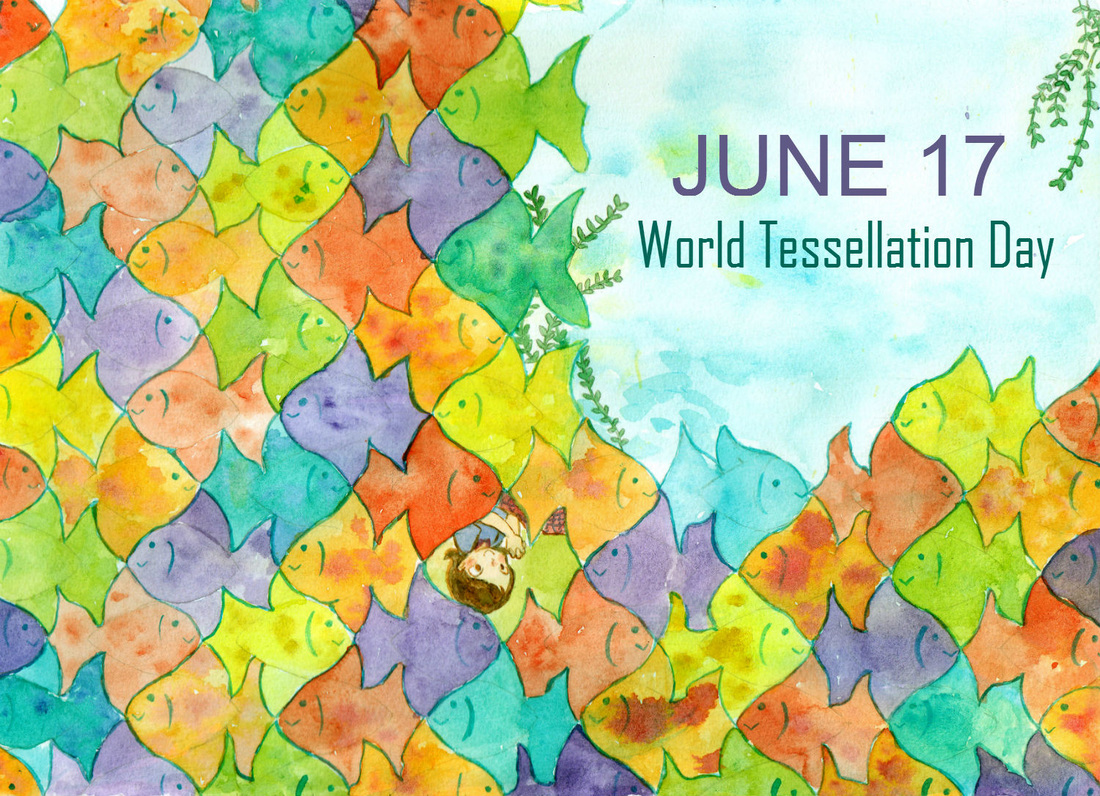



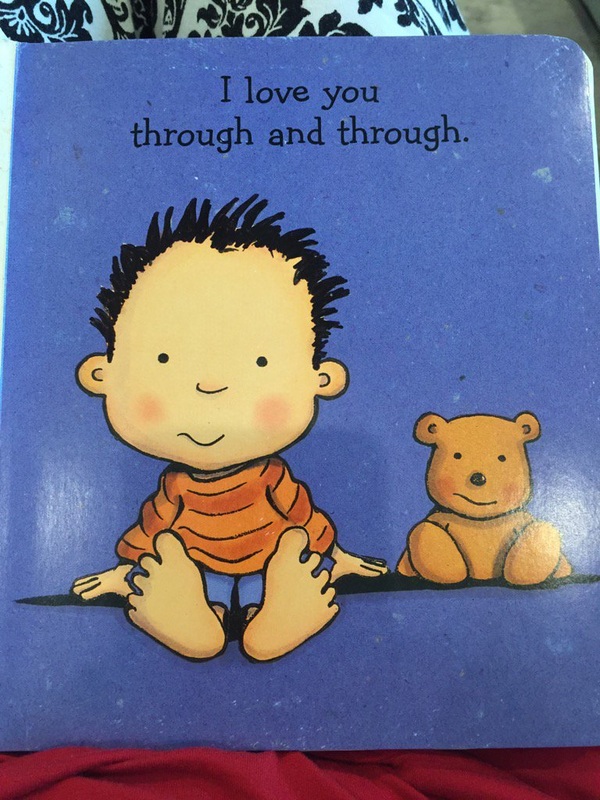
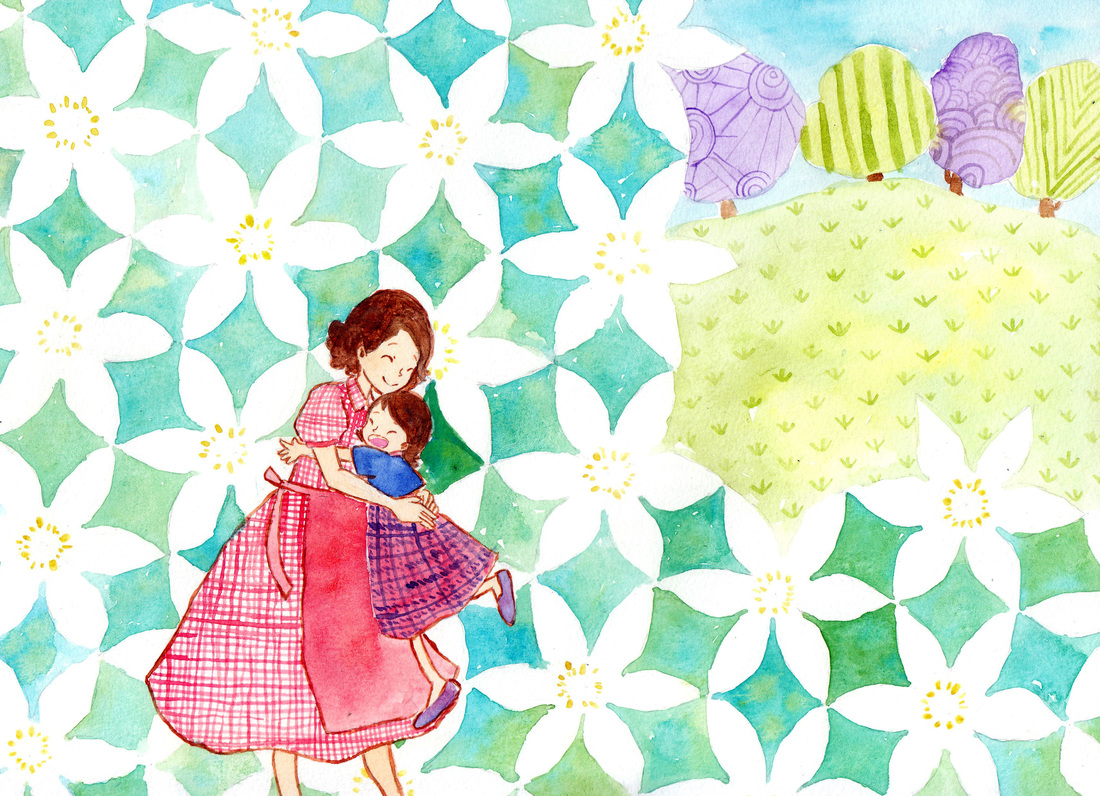
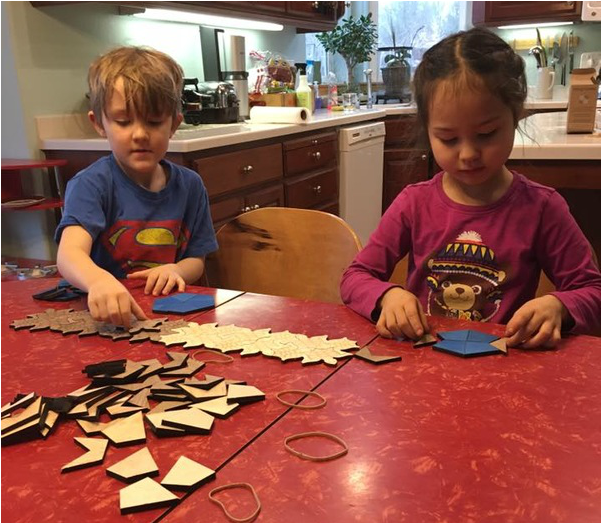
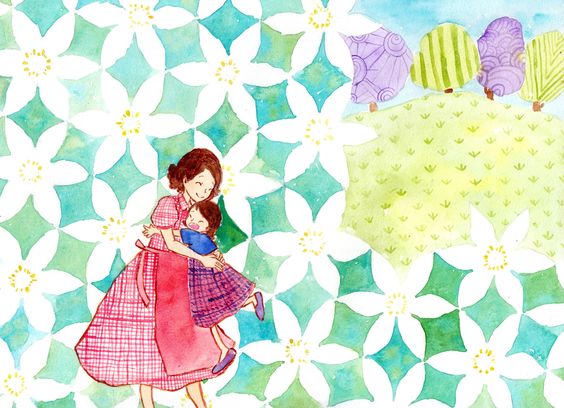

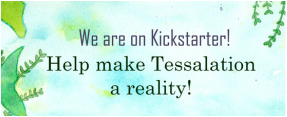
 RSS Feed
RSS Feed
